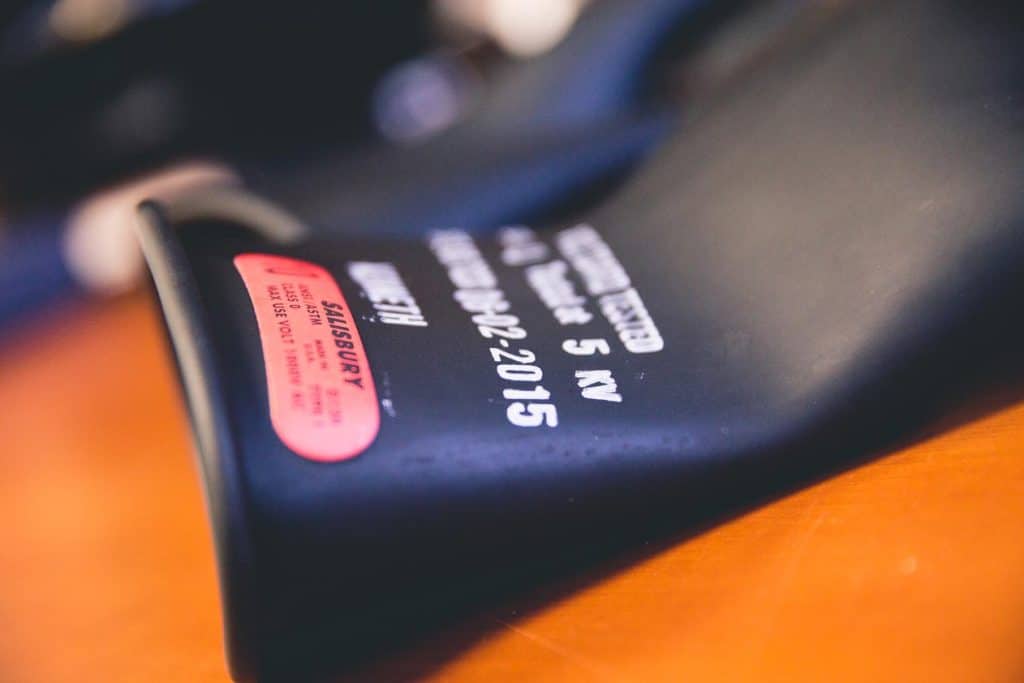A worker suffered an electrical shock injury after his rubber insulating glove was punctured while he was working.
As he reached down to pick up a fallen plastic cover, his glove caught on a sharp edge of a control transformer. The pinhole created by the sharp metal allowed 1000 volts to pass through his wrist.
Despite his injury, he was able to drive himself to an on-site workshop. A co-worker then drove him to a hospital for treatment. This incident happened in March; since then, the victim has undergone multiple surgeries to treat his severe internal burn injury.
Recommendations from DMIRS
This incident happened in Western Australia. The WA Department of Mines, Industry Regulation and Safety recently presented their report and listed some recommendations:
- The electrician didn’t isolate or test the equipment before he started working and had inadequate personal protective equipment.
- The report recommended that the mining operation design, install and maintain its electrical installations in accordance with national standards, and that there needed to be a person qualified in first aid, as well as a car equipped to deal with an injured or sick person available at all times.
- It also urged the operator to ensure a safety observer was always present when work was carried out or near an electrical installation – unless a risk assessment deemed it not necessary.
What’s New with Gloves on the Market
The glove market is changing. Compliance will hopefully become less complicated. End users need to find the best glove to mitigate the real hazard they face in the workplace.
Become knowledgeable of these specifications:
- Arc flash: ASTM F2675 for arc ratings
- Flash fire: NFPA 2112
- Mechanical protection (cut, abrasion, puncture): ANSI/ISEA 105-16
- Vibration protection, dexterity, heat and flame classification: ANSI/ISEA 105-16
- ASTM F696 can now be specified in all leather or with an arc rating, if desired.
- ASTM is working on a protector glove standard to allow materials other than leather for better cut resistance and less weight. These gloves will all have an arc rating.
- ASTM D120 can be specified with an arc test level. Rubber will ignite at some level, so specify a level at which you want no ignition based on your assessment. Rubber insulating gloves typically require a protector glove to prevent cuts and puncture. Cuts are the most common cause of failure of a rubber glove in the field. Many countries do not require protector gloves by law. The US does.
Read Specifying Arc-Rated and Flame-Resistant Gloves for valuable information on gloves. This article, written by me and Stacy Klausing of Arcwear, was published in Incident Prevention Magazine in the February-March 2019 issue.


Thanks. More great info!
Read about this one on my Google alerts. I set it up last year and it peruses the web for world-wide electrical injuries. This incident was one of those that makes you really think about what we are doing every time we train!